New patent suggests Samsung might be working on an interchangeable lens phone
Is Samsung looking for ways to spice up its upcoming camera phones?
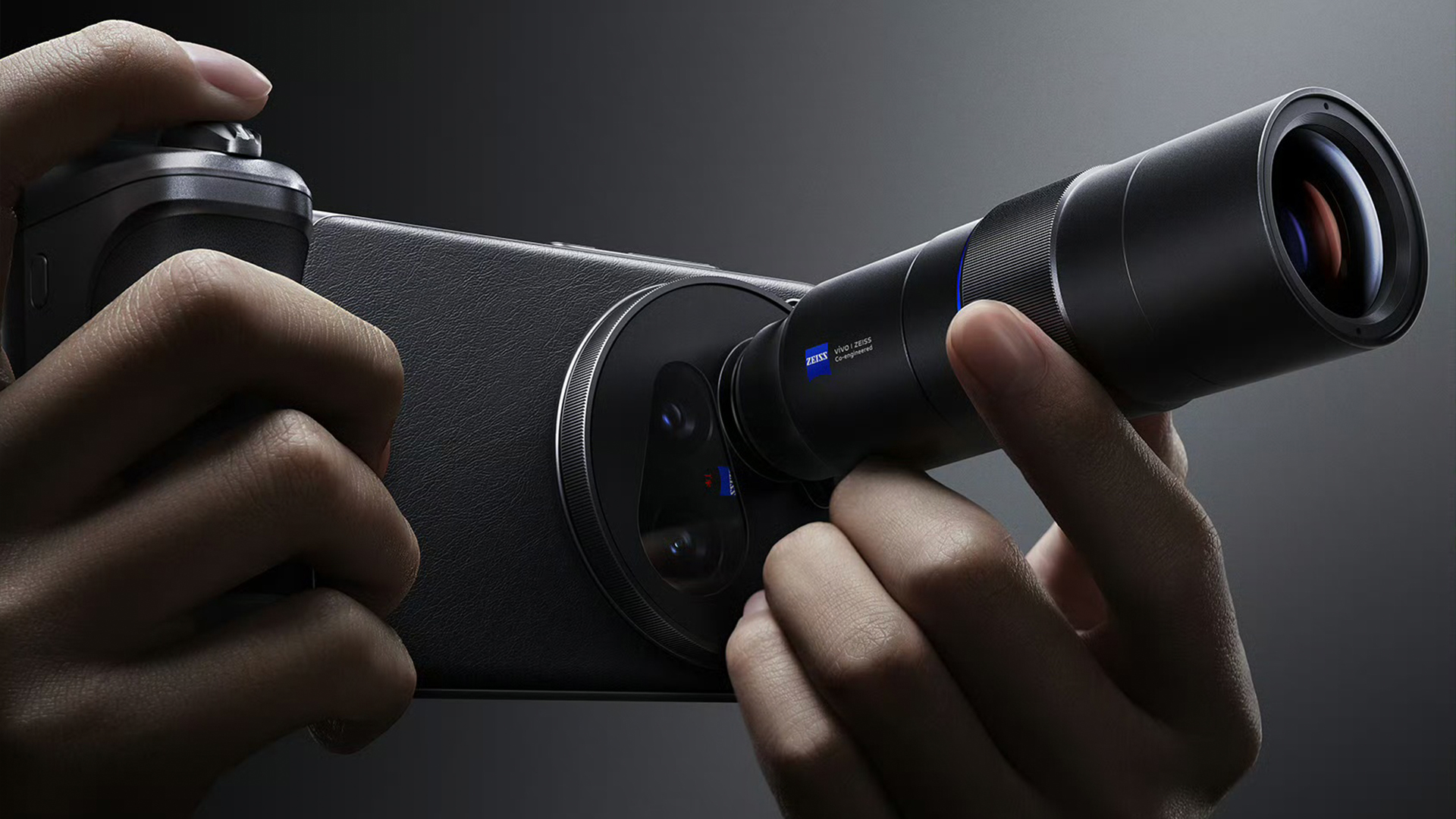
A recently discovered patent suggests Samsung might be working on a phone with interchangeable camera lenses. The patent diagrams show a specially-designed device housing, along with a distinctly separate lens component. How the lens would attach to the phone remains to be seen, but a magnetic system would seem the simplest and easiest method. Interestingly, the patent also mentions a motor or actuator being present, enabling the movement of the sensor or lens assembly. The precise purpose of this isn't yet specified, however it could be required for lens focussing or optical zoom, or if it were to be used to move the sensor, then it's possible the actuator is there for the purposes of sensor-shift image stabilization.
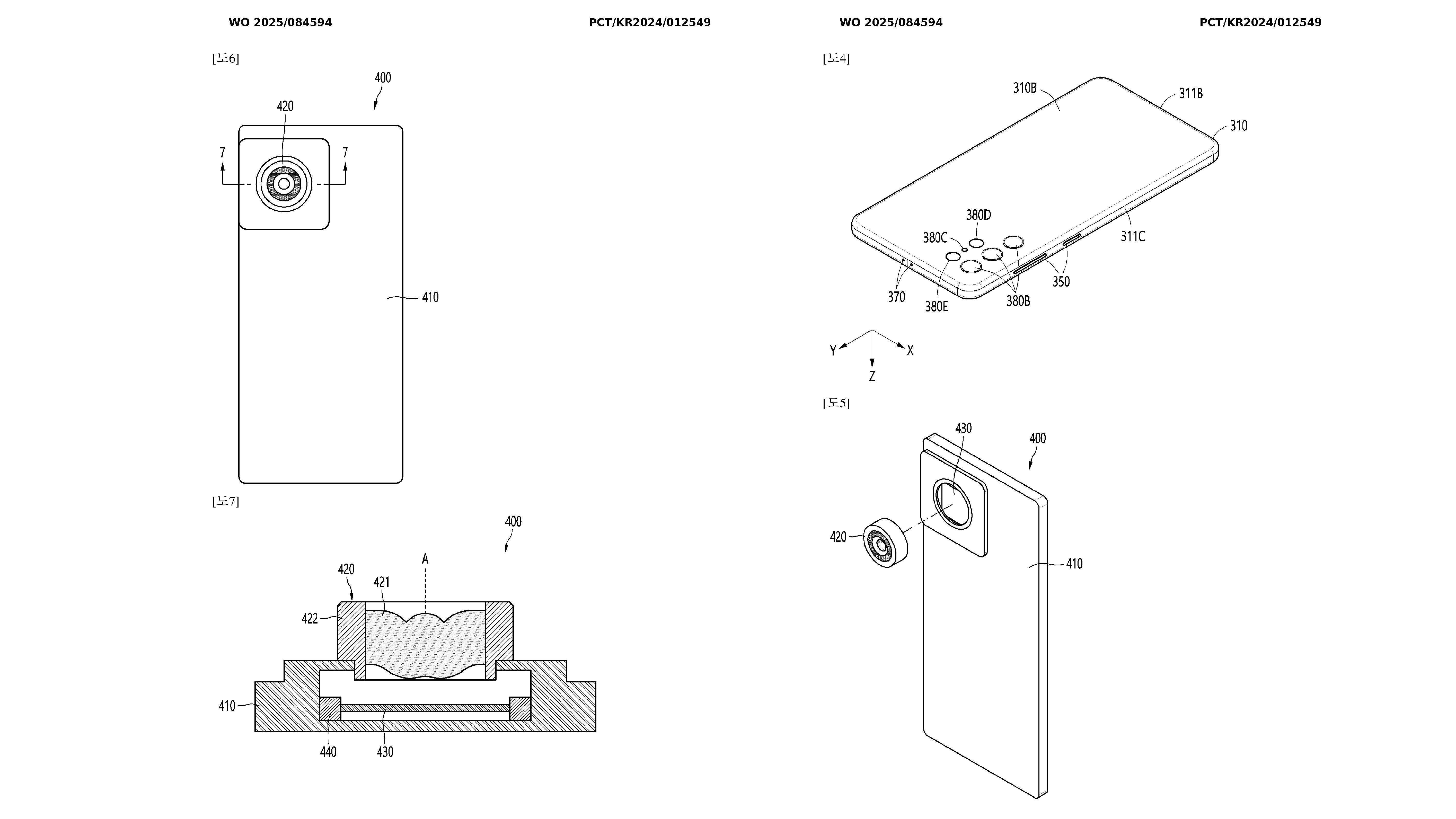
Assuming Samsung was to design a system compatible with a selection of different lens modules, a method of lens-body communication would be necessary for the phone to identify which lens is attached. Again, the patent doesn't go into detail about how this would be achieved, but there are a number of possible options: a simple magnet contained within the lens assembly could be used to communicate the lens type to the phone. Alternatively, an RFID chip in the lens could be scanned by the phone's antenna, or another solution may be a reflector/resistor. Once the phone has the necessary lens data, it can then adjust camera settings accordingly.
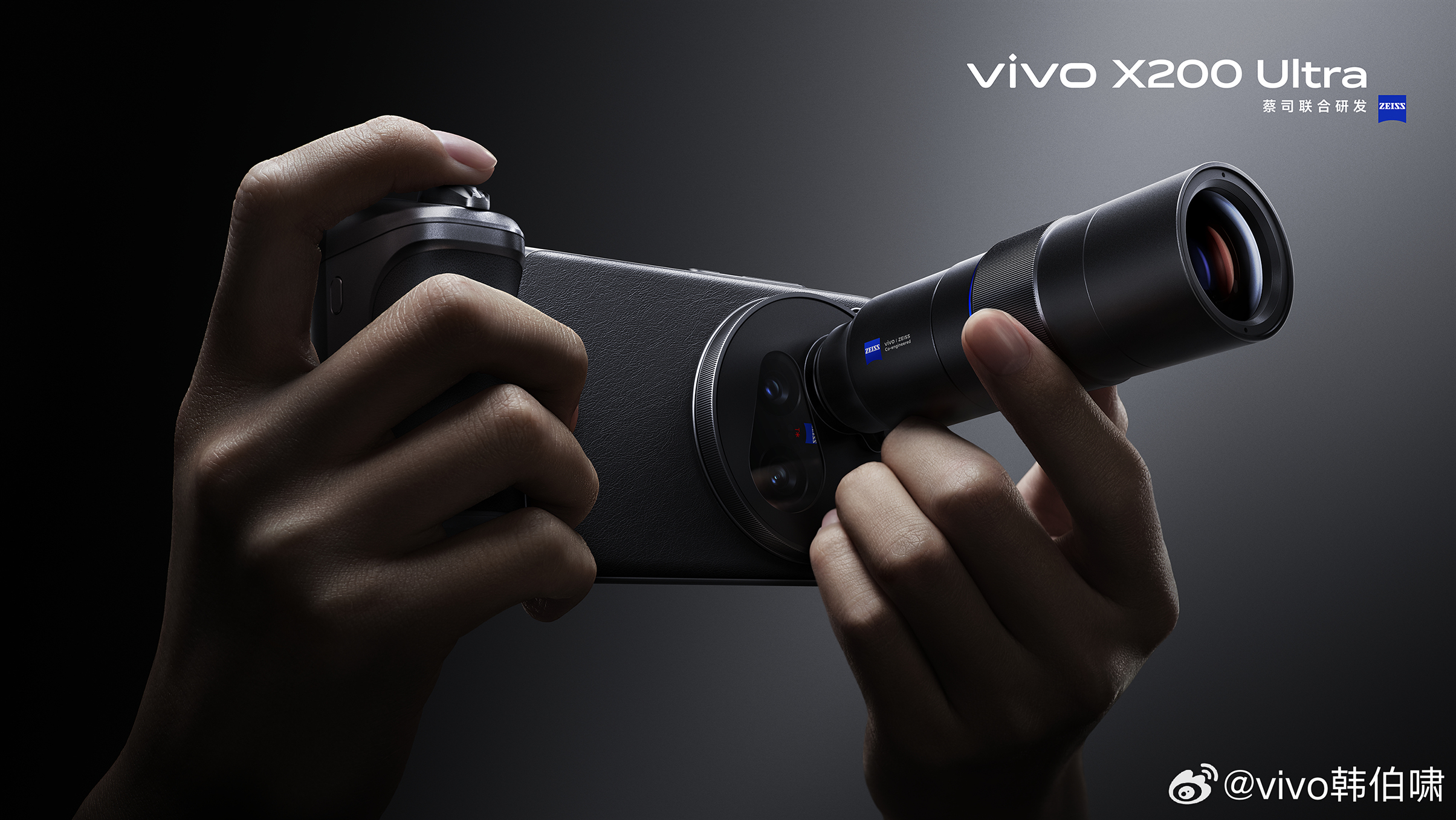
Separate, interchangeable lenses for camera phones do already exist. The modular CMF Phone 2 Pro can be fitted with add-on lenses, while Vivo's latest flagship phone, the X200 Ultra, has been designed to work with a huge 13-element, 8.7x zoom Zeiss telephoto add-on lens. Then there are aftermarket companies like Moment which offer a wide range of add-on lenses that can be attached to its phone cases for iPhone, Pixel and Galaxy phones.
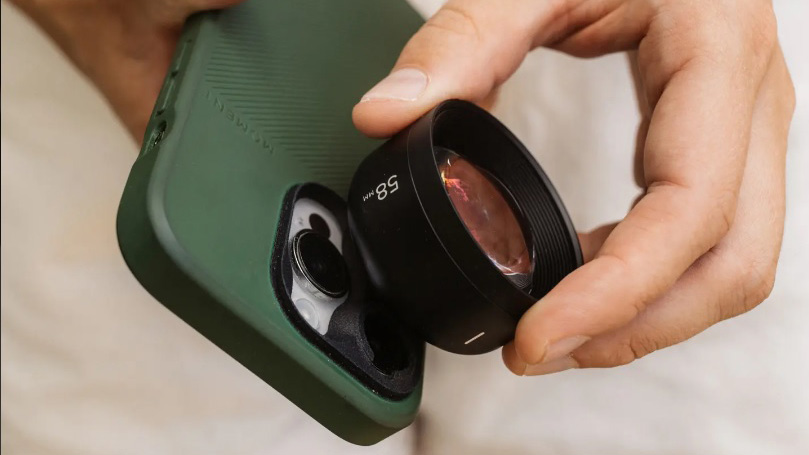
But in the age of AI, do we actually need an interchangeable lens phone? Until fairly recently, this may have been seen as a huge leap forward for phone photography, addressing the limitations of the necessarily small lenses required to fit within a slim phone body. However, with AI-enhanced zoom working in conjunction with a periscope camera, a phone can now capture images at very long focal lengths with little loss of image quality. Wide-angle shots are already covered by the dedicated, built-in ultra-wide module, leaving little need for additional interchangeable lenses to cover other focal lengths.
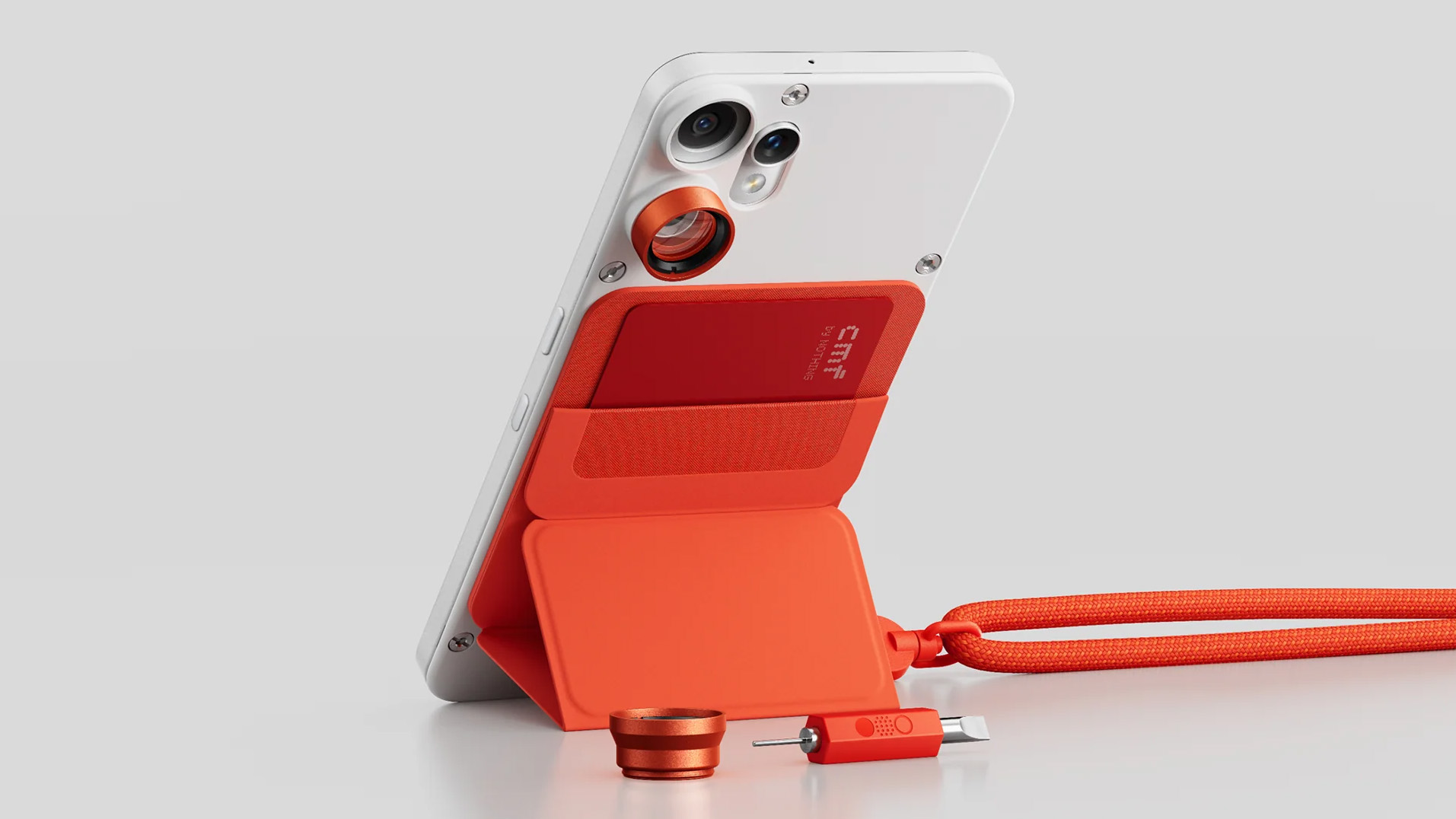
That said, now that rival Android phone manufacturers are offering interchangeable lenses, regardless of their actual real-world usefulness, Samsung is evidently considering ways to make its phones similarly attention-grabbing. And given the underwhelmingly incremental camera improvements offered by recent flagship Galaxy phones, we can see why Samsung might want future S-series phones to be a little more exciting.
Story credit: 91 Mobiles
The best camera deals, reviews, product advice, and unmissable photography news, direct to your inbox!
Ben is the Imaging Labs manager, responsible for all the testing on Digital Camera World and across the entire photography portfolio at Future. Whether he's in the lab testing the sharpness of new lenses, the resolution of the latest image sensors, the zoom range of monster bridge cameras or even the latest camera phones, Ben is our go-to guy for technical insight. He's also the team's man-at-arms when it comes to camera bags, filters, memory cards, and all manner of camera accessories – his lab is a bit like the Batcave of photography! With years of experience trialling and testing kit, he's a human encyclopedia of benchmarks when it comes to recommending the best buys.
You must confirm your public display name before commenting
Please logout and then login again, you will then be prompted to enter your display name.

